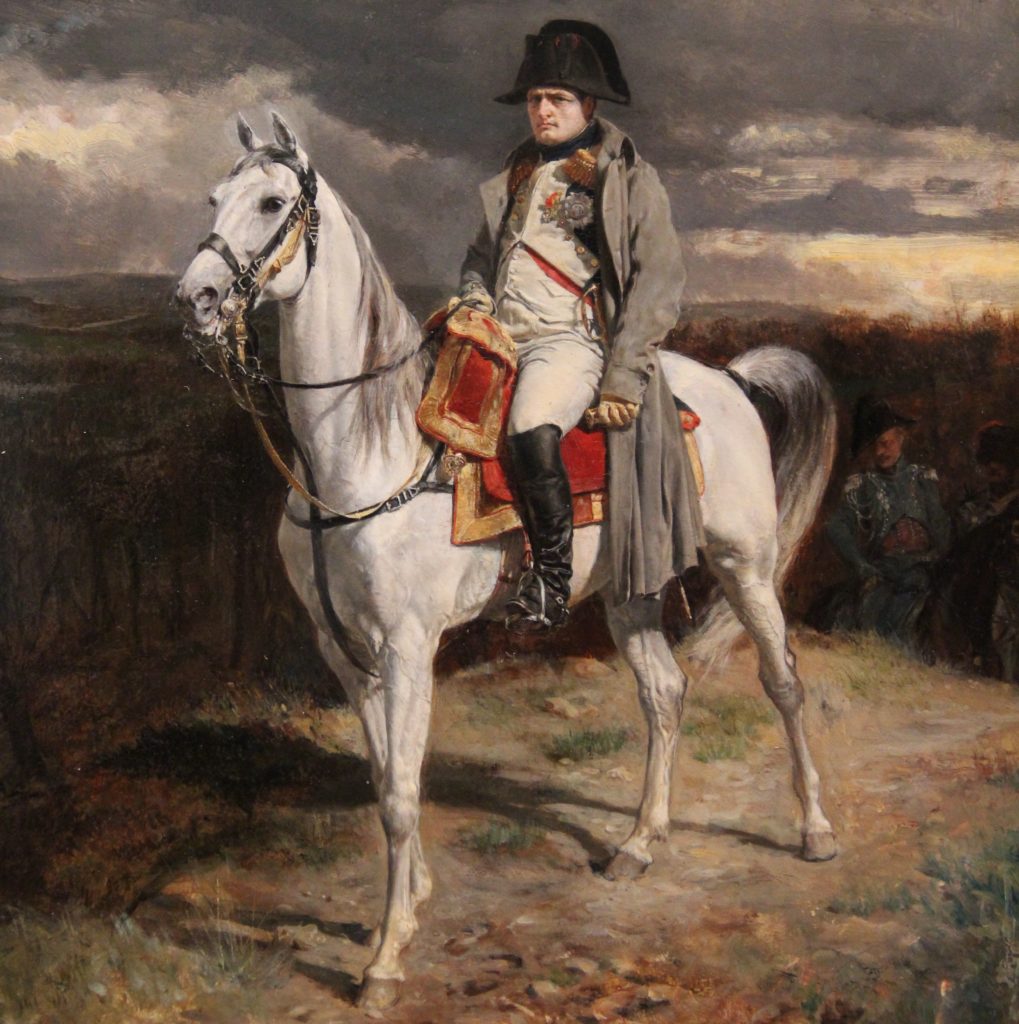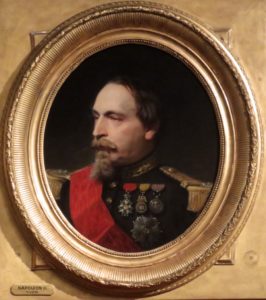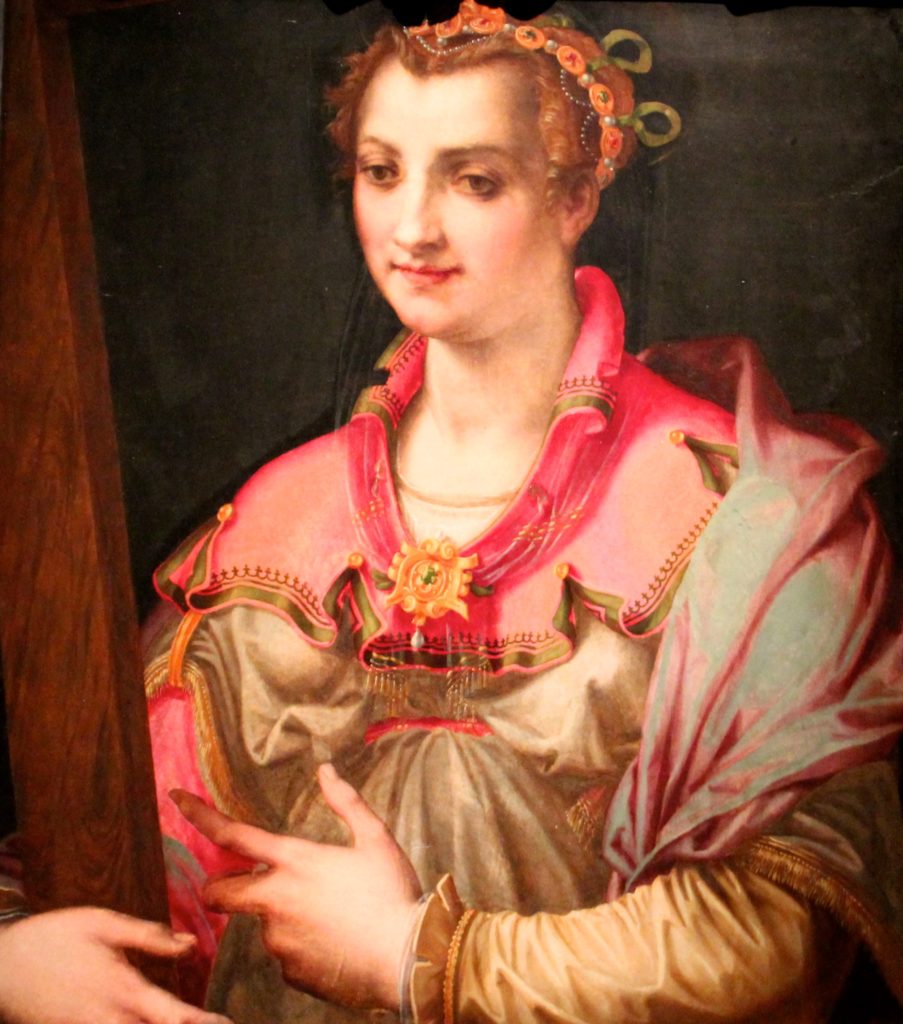
Last November I posted about Ernest Meissonier’s paintings of Napoleon Bonaparte. This month I came across another of Meissonier’s paintings (shown above) in the Walters Museum in Baltimore, Maryland. It depicts a sad but stoic Napoleon at the end of his reign.
 Meissonier painted his images of Napoleon Bonaparte fifty years after the emperor’s defeat. Napoleon I was back in fashion since his nephew Napoleon III was on the French throne. In 1875, the New York Metropolitan Museum of Art’s large Meissonier painting (shown in my November post) sold sight-unseen to an American collector for an astonishing $60,000. An informational placard at the Walters Museum sheds light on the buyer: Alexander Turney Stewart, an American retailer and railroad magnate.
Meissonier painted his images of Napoleon Bonaparte fifty years after the emperor’s defeat. Napoleon I was back in fashion since his nephew Napoleon III was on the French throne. In 1875, the New York Metropolitan Museum of Art’s large Meissonier painting (shown in my November post) sold sight-unseen to an American collector for an astonishing $60,000. An informational placard at the Walters Museum sheds light on the buyer: Alexander Turney Stewart, an American retailer and railroad magnate.
Baltimore’s Walters Museum also featured this fine portrait of Napoleon III, which Adolphe Yvon painted in the mid-19th century.
But best of all, as a final Napoleonic reference, the museum displays a 16th century Italian painting of Saint Helena, the mother of the Roman Emperor Constantine. She’s known for converting the Roman Empire to Christianity. And, of course, she’s the saint whose name was given to the island in the South Atlantic where Napoleon Bonaparte spent his second exile and where he died.

